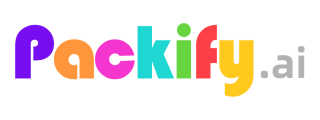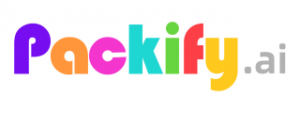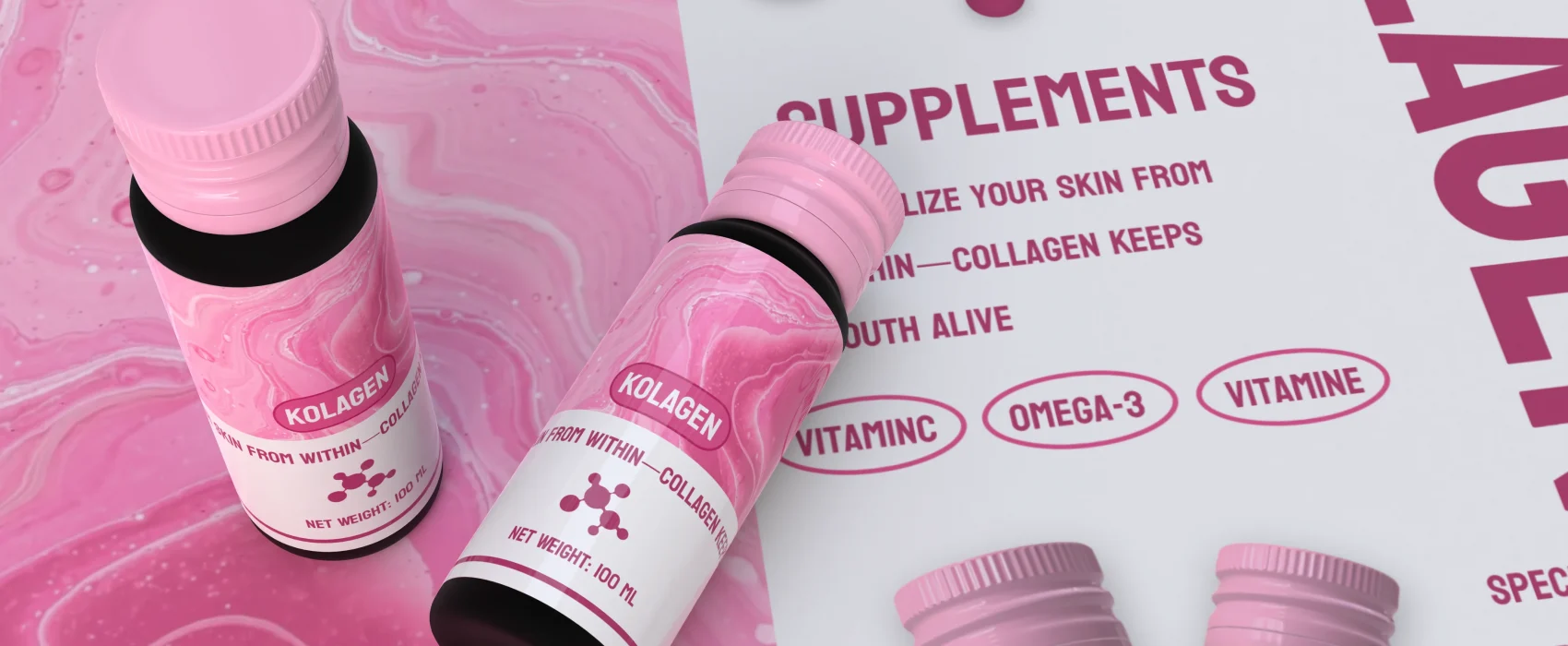
Collagen supplements are transforming the wellness industry, making eye-catching packaging essential for standing out. This article explores how to leverage AI technology to create efficient, innovative, and visually appealing packaging that attracts health-conscious consumers and boosts sales.
What Are Your or Your Clients’ Needs for Collagen Supplement Packaging?
Packaging for collagen supplements must protect the product while appealing to health-conscious consumers. This demographic is drawn to clear, compelling communication of benefits such as improved skin elasticity, joint health, and overall wellness. Understanding these needs is essential for effective packaging design.
- Protection:Safeguards product integrity and freshness.
- Attractiveness:Eye-catching design to appeal to target demographics
- Clear Benefit Communication:Highlights key benefits like improved skin elasticity and joint health.
- Sustainability:Eco-friendly materials and minimalistic design to align with consumer values.
- Transparency:Clear labeling with nutritional information and usage instructions.
- User-Friendly Design:Easy to open and reseal for convenience.
- Brand Identity:Reflects brand values and messaging.
- Regulatory Compliance:Meets labeling and packaging regulations for dietary supplements.
- Market Differentiation:Unique features that set the product apart from competitors.
- Cost-Effectiveness:Affordable packaging solutions without compromising quality.
What Are the Current Trends in Collagen Supplement Packaging?
The packaging landscape for collagen supplements is evolving rapidly, with several key trends emerging:
1.Minimalism: Simple, clean designs are gaining popularity. Brands are opting for fewer colors and straightforward typography to create a modern look that resonates with consumers.
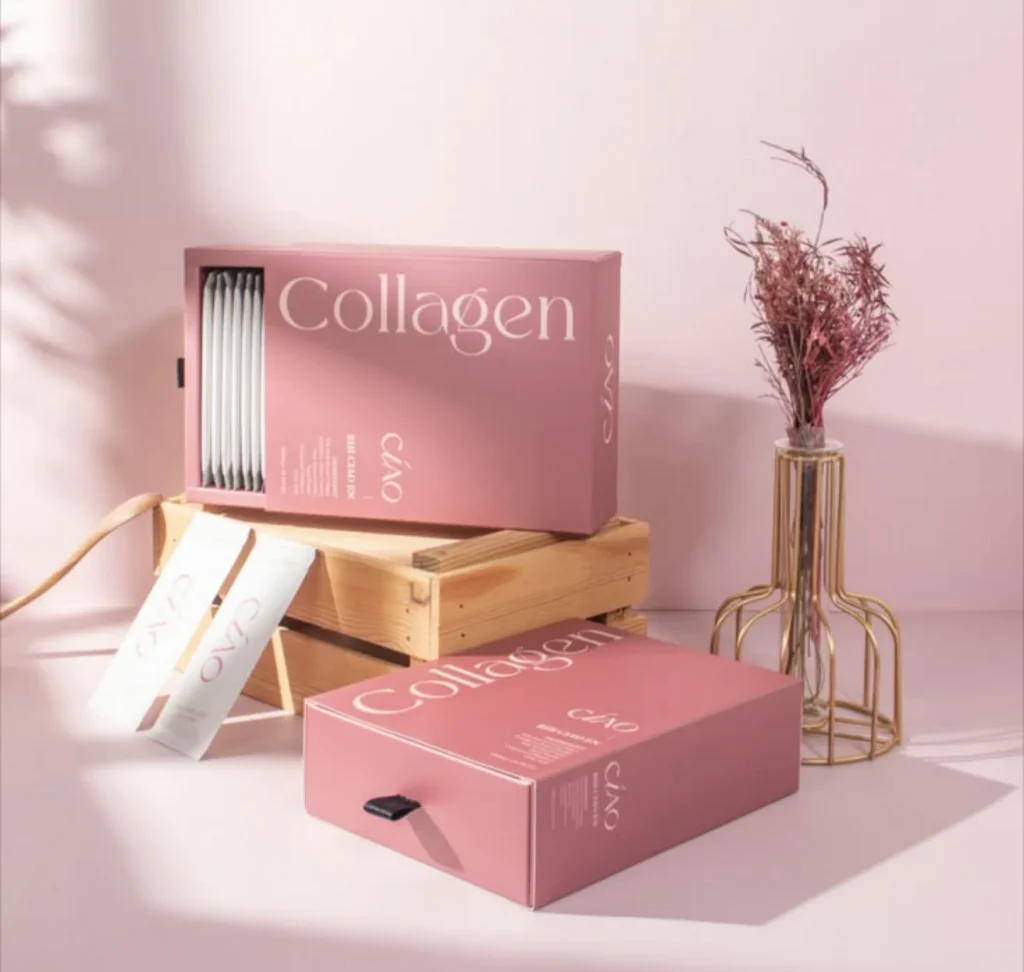
2.Sustainable Materials: Eco-friendly packaging is no longer just a trend but a necessity. Brands are increasingly using biodegradable or recyclable materials to appeal to environmentally conscious consumers.
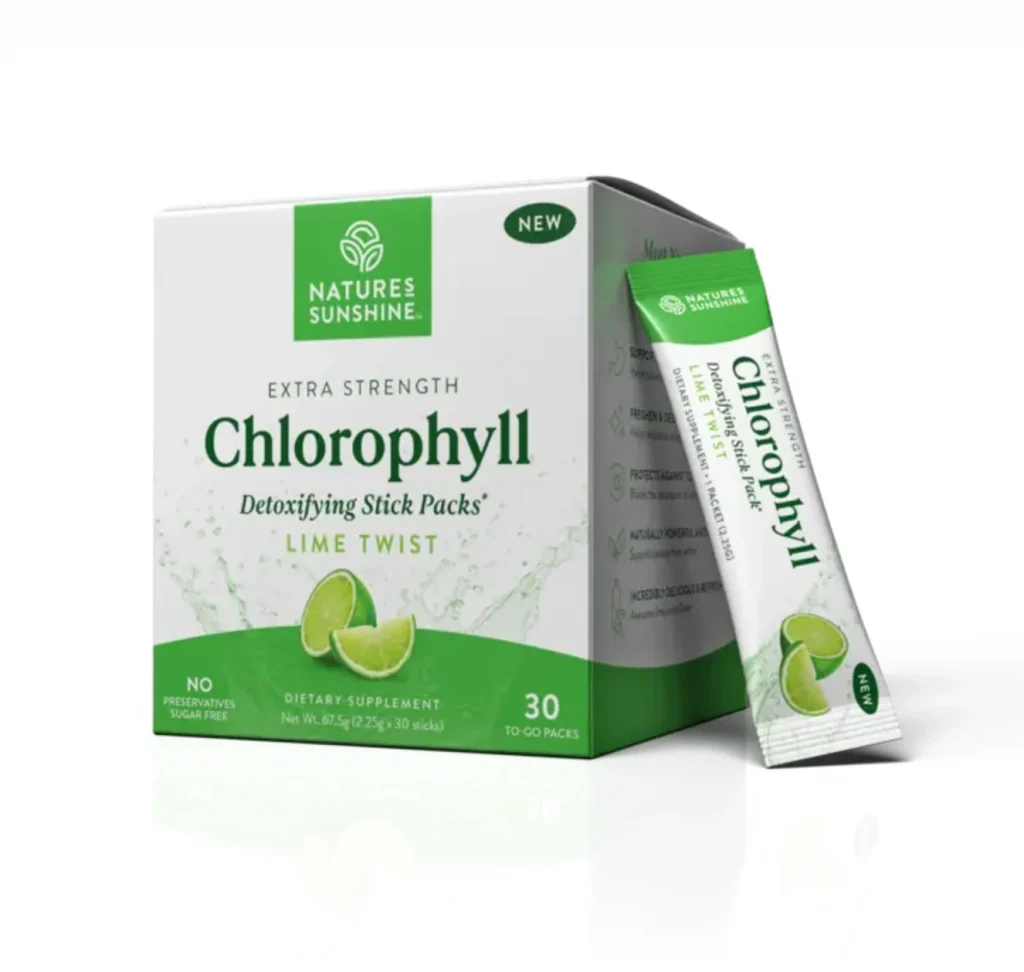
3.Bold Colors and Graphics: While minimalism is on the rise, some brands are using vibrant colors and eye-catching graphics to stand out on the shelves. This approach targets younger consumers who are drawn to visually stimulating designs.
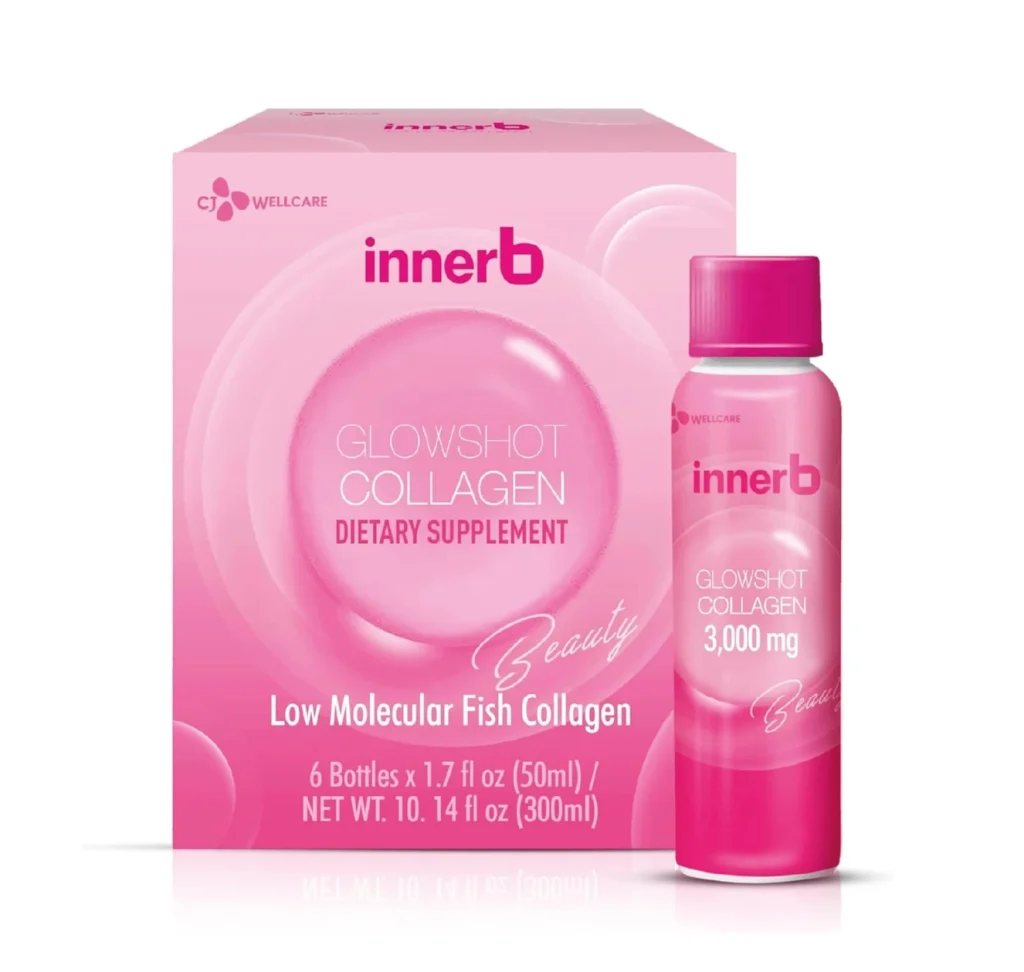
4.Functional Packaging: Packaging that enhances user experience, such as resealable pouches or single-serving packets, is becoming more common. This adds convenience for consumers who are always on the go.
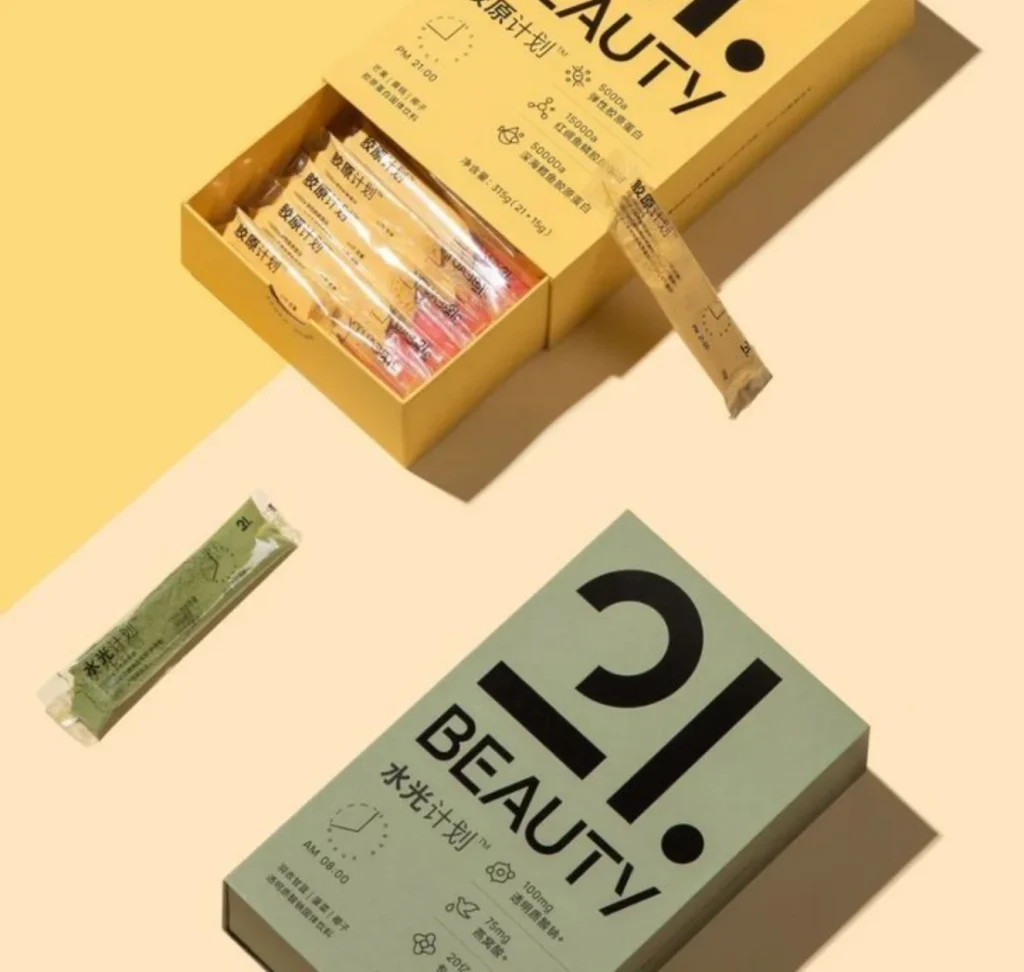
5.Informative Labels: As consumers become more knowledgeable about health supplements, detailed labels that explain the benefits and sourcing of ingredients are in demand. Transparency is key to building brand loyalty.
How to Utilize AI for Rapid Development of Collagen Supplement Packaging?
Using AI can significantly streamline the process of designing and producing collagen supplement packaging. Here are five steps to effectively leverage AI tools:
Step 1 Material Sourcing
Start by researching and sourcing sustainable materials suitable for your packaging. AI can assist in identifying suppliers who offer eco-friendly options, ensuring that your packaging aligns with consumer preferences.
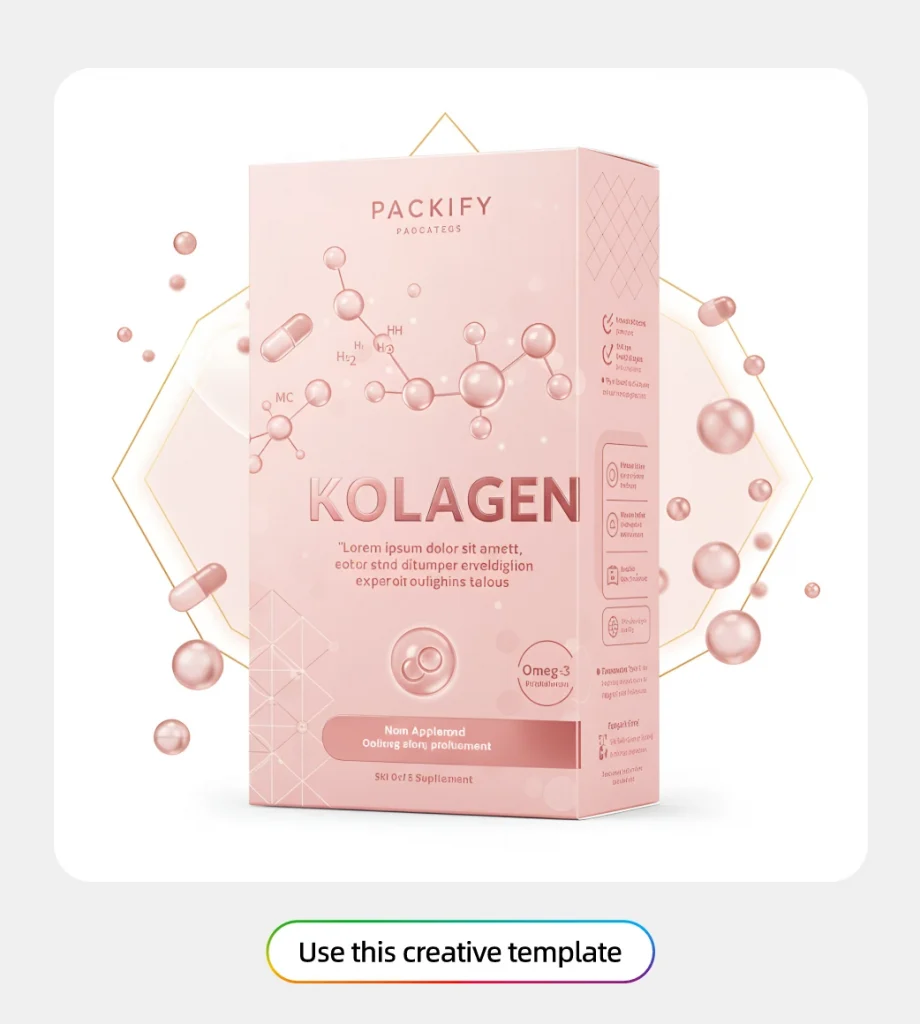
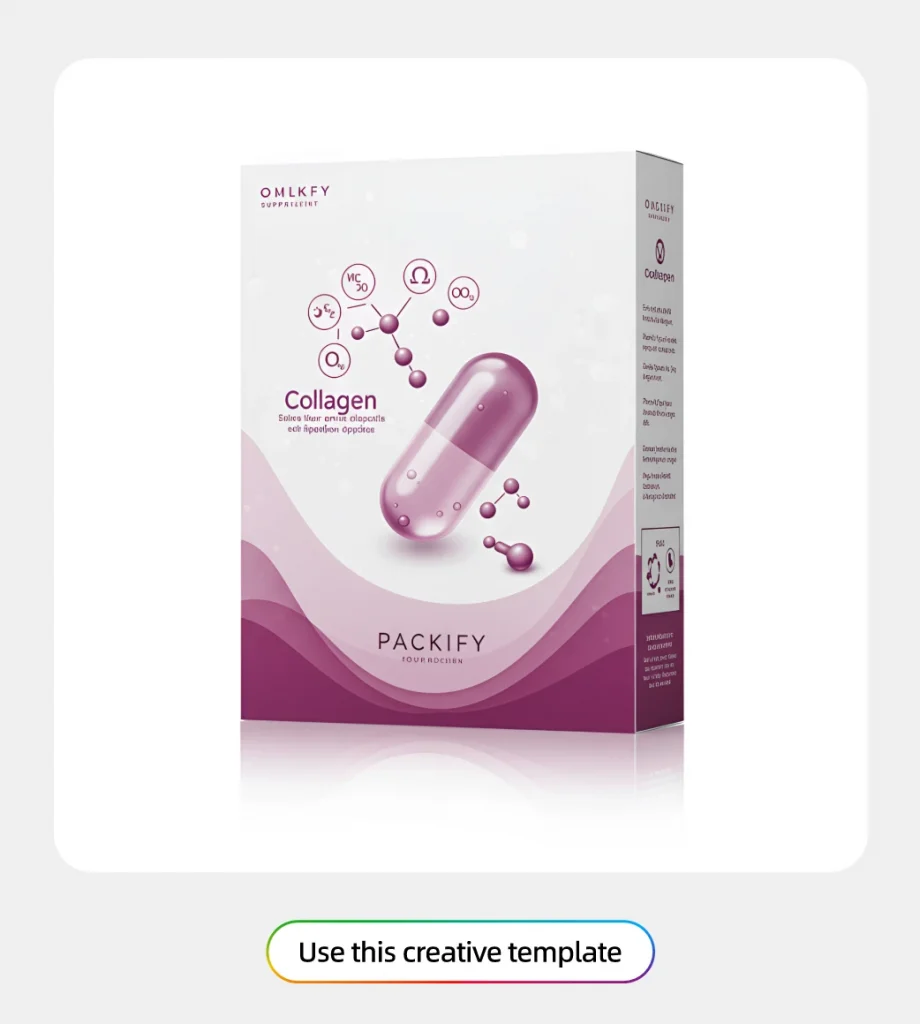
I drew inspiration from two creative designs in Packify, and I’m thinking of incorporating elements of quicksand patterns.
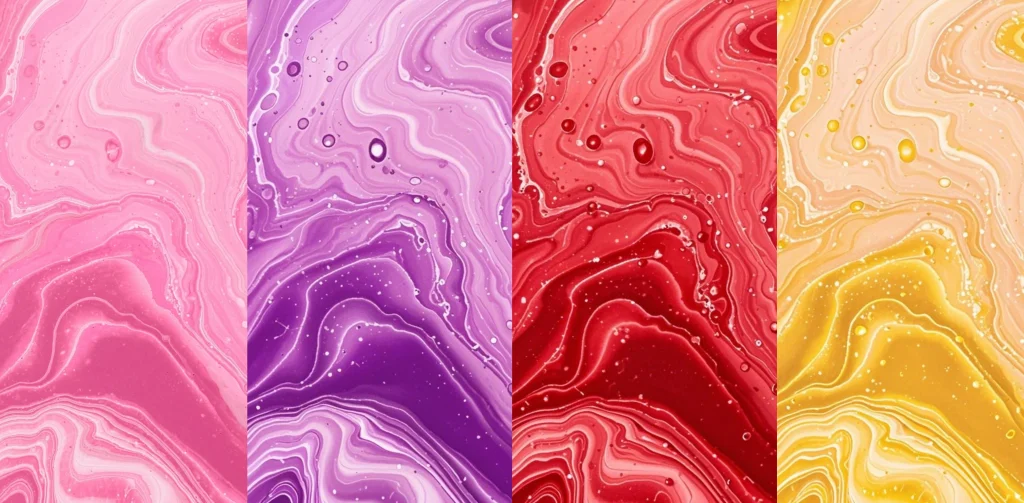
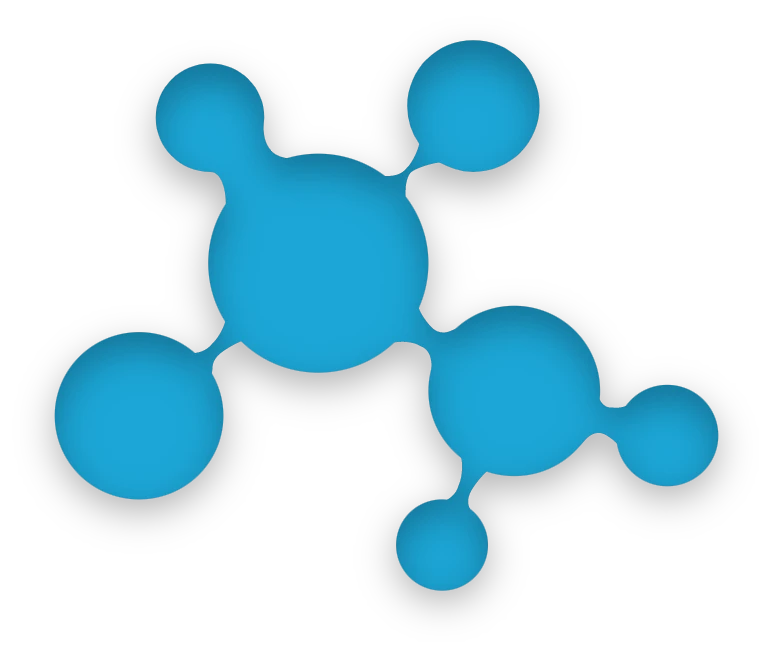
I replicated this element from the AI-generated design for my packaging.
Step 2 Tools Used
Utilize platforms like Packify.ai and Pacdora. Packify.ai helps in creating packaging designs quickly, while Pacdora offers advanced rendering capabilities to visualize your packaging in 3D.You can use the following two templates in Pacdora to design your collagen supplements.
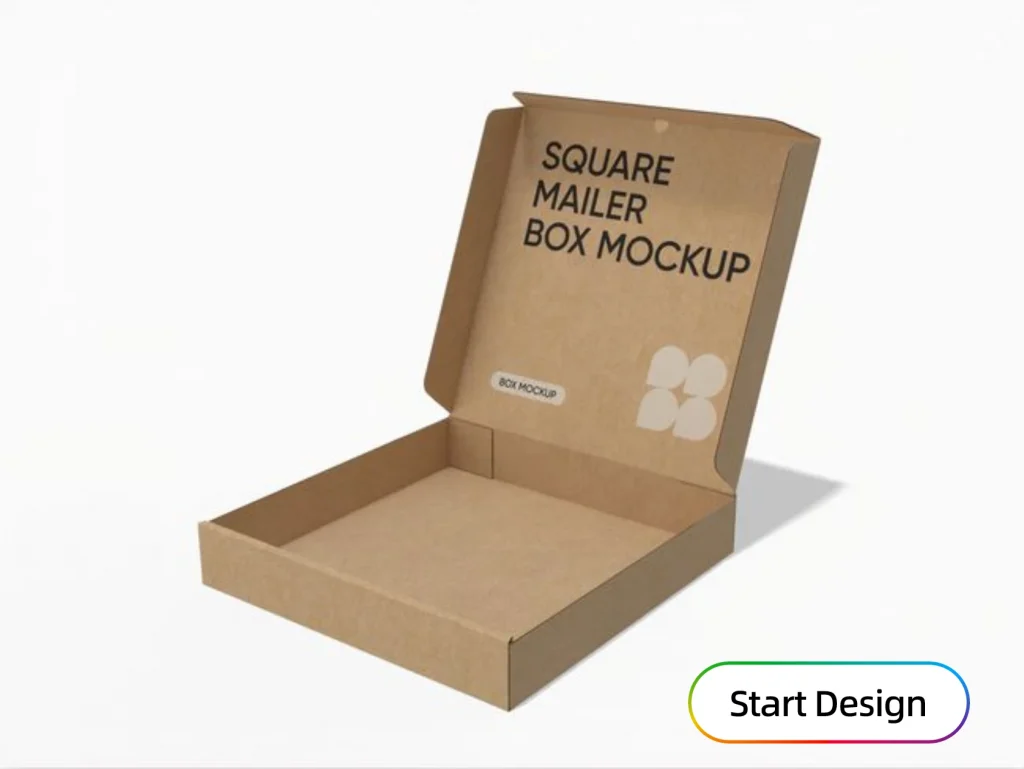
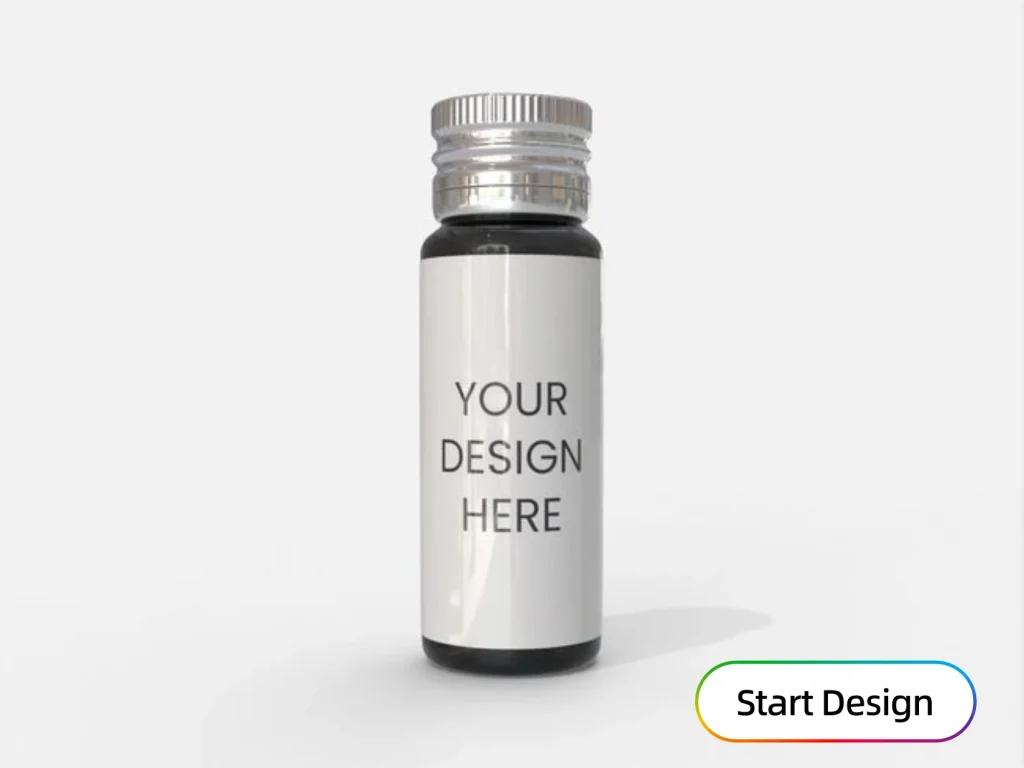
Packify’s background removal feature and the product shape functionality are both impressive!
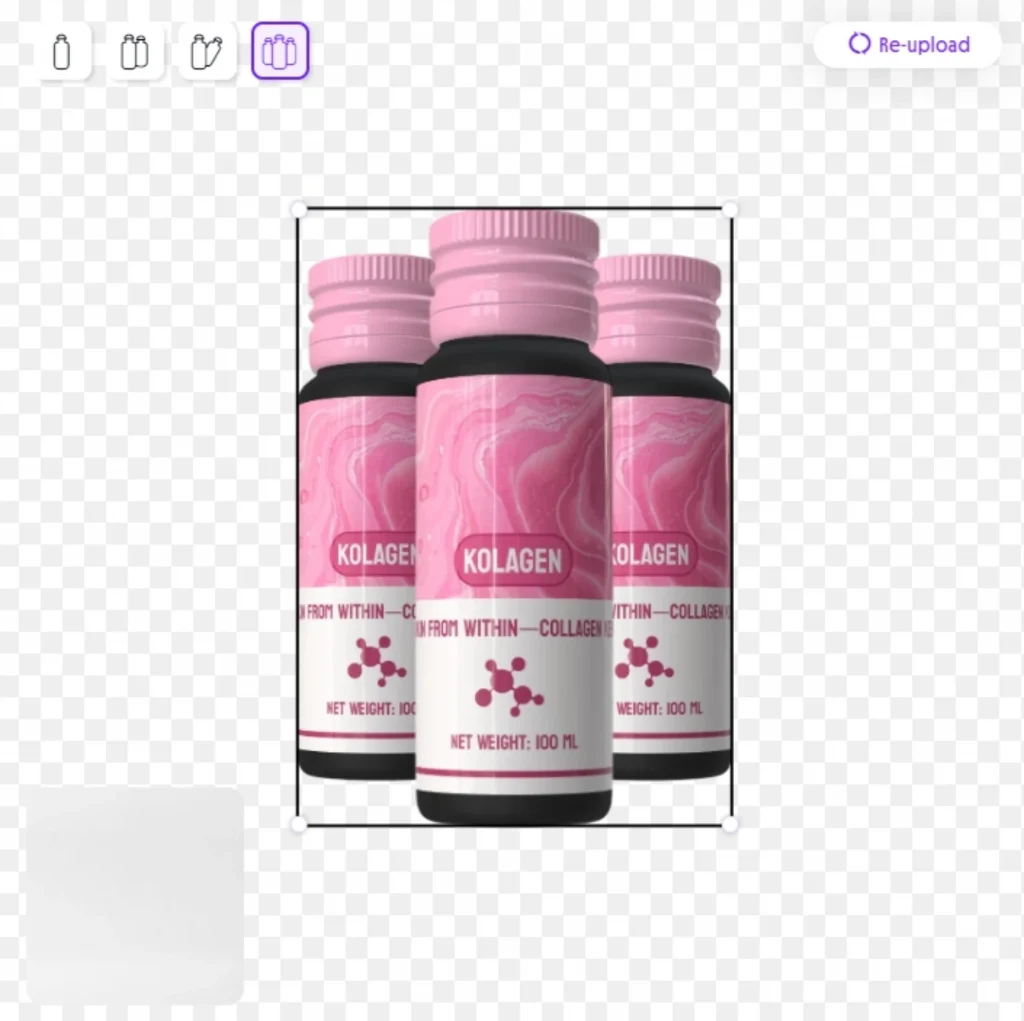

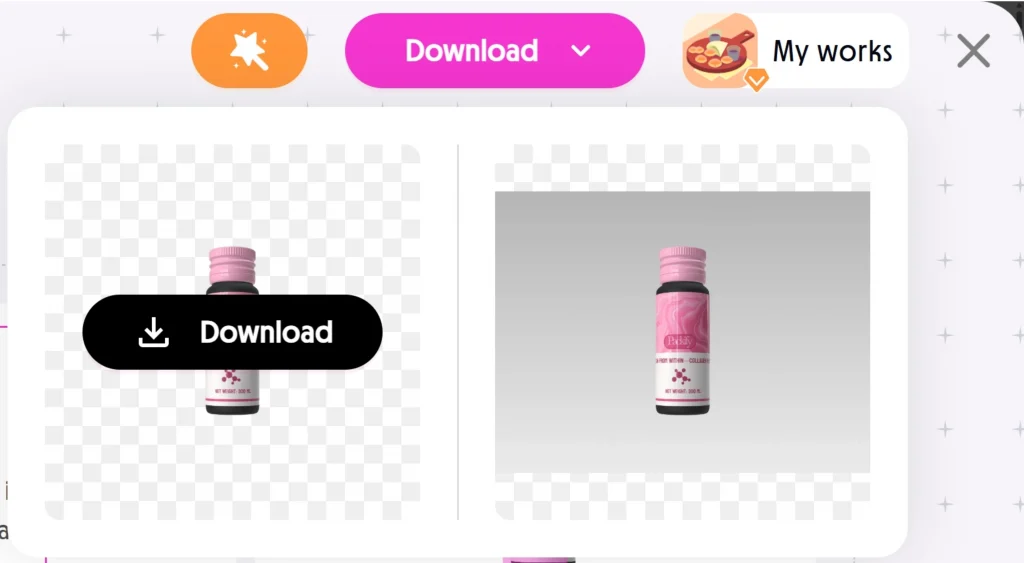
Step 3 Design Inspiration from Packify
Use Packify to generate design concepts based on your target audience and brand identity. The platform can provide various templates and design elements tailored to the collagen supplement market, allowing you to create a flat design layout that captures attention.
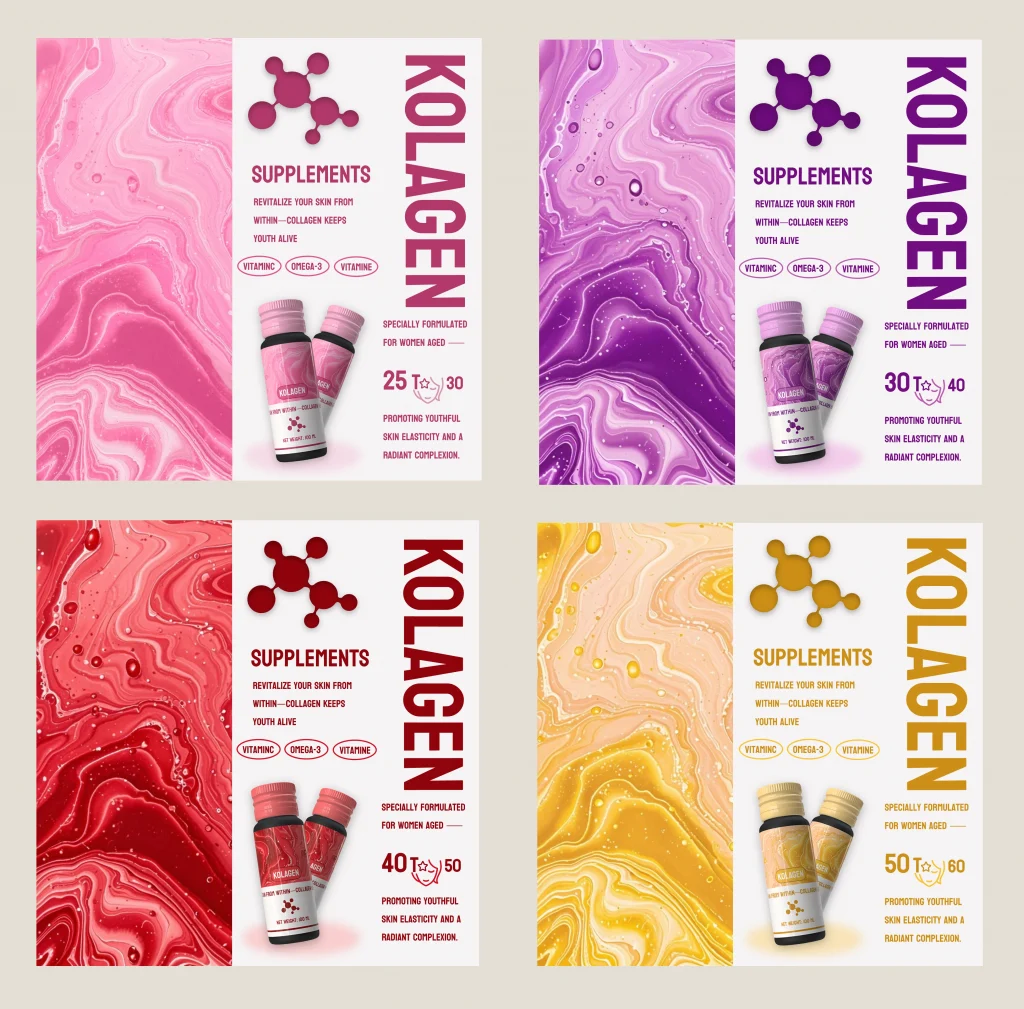
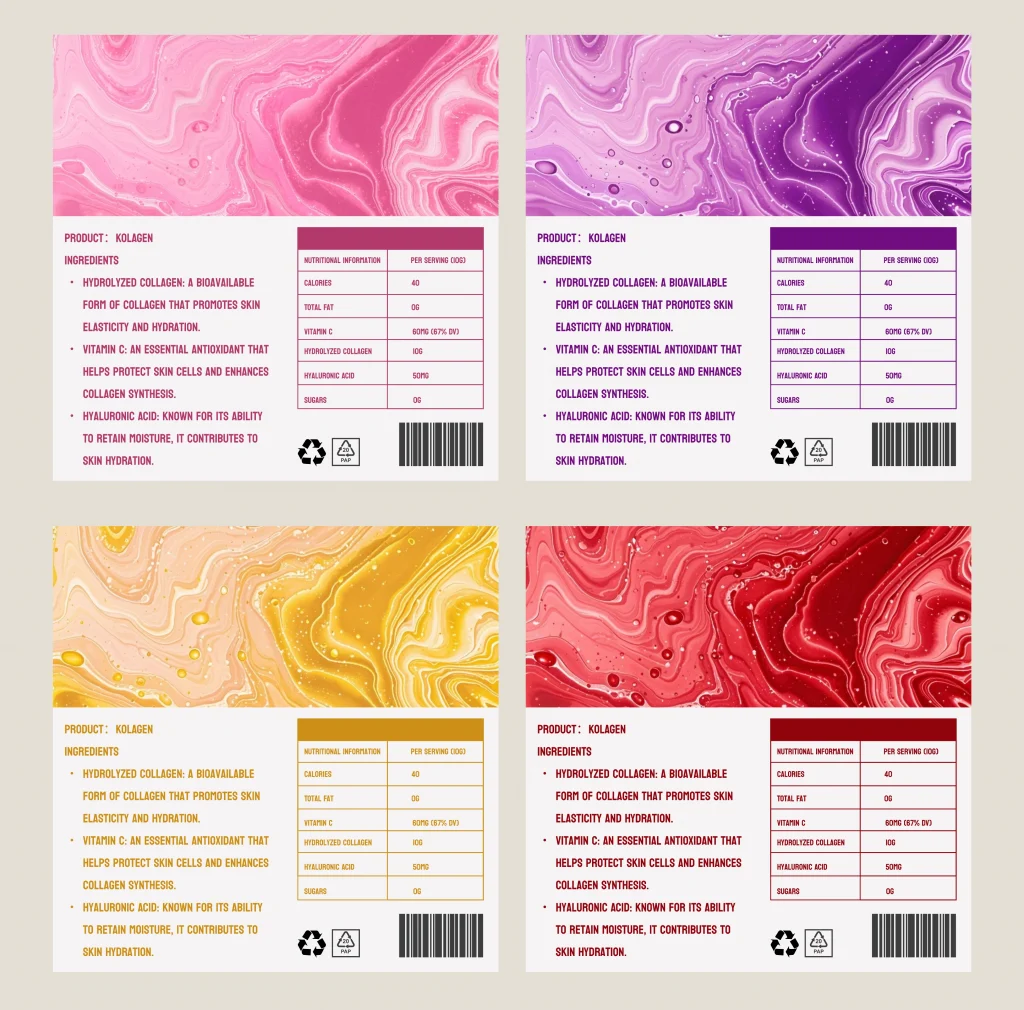
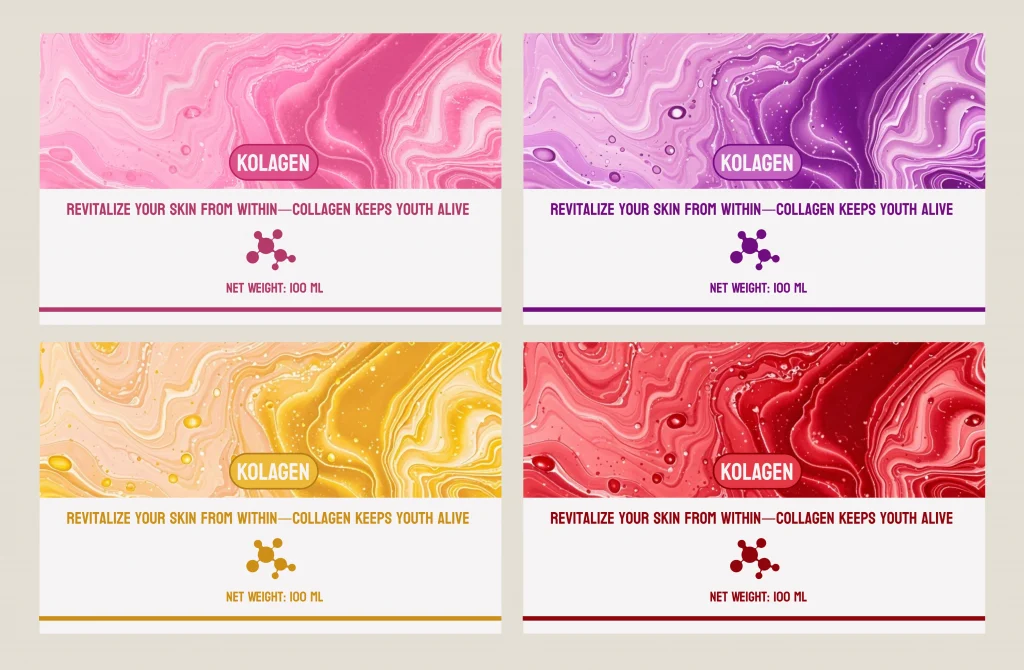
Step 4 Rendering with Pacdora
Once you have your design, use Pacdora to create high-quality renderings of your packaging. This step is crucial for visualizing how the final product will look and for making any necessary adjustments before production.
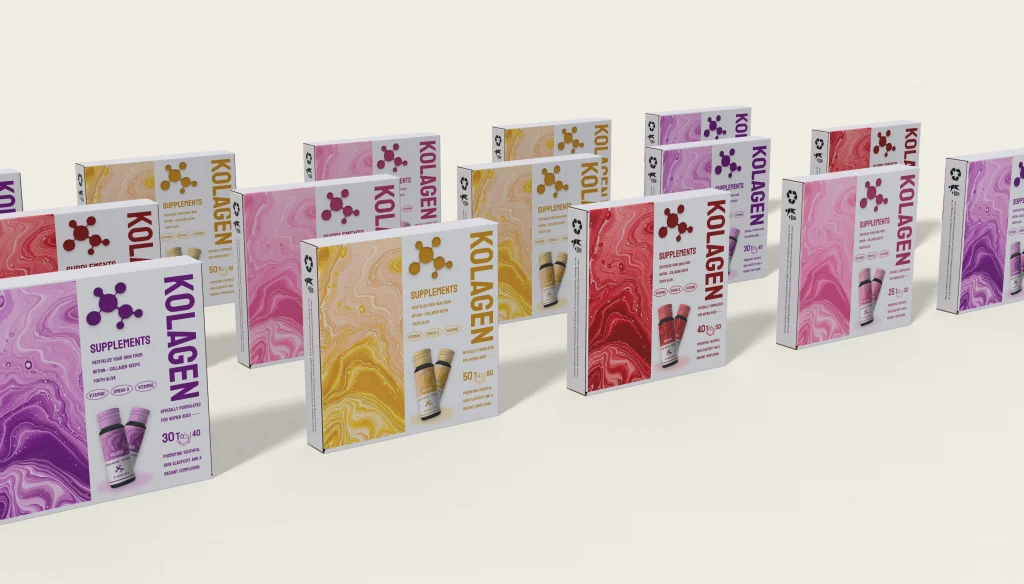
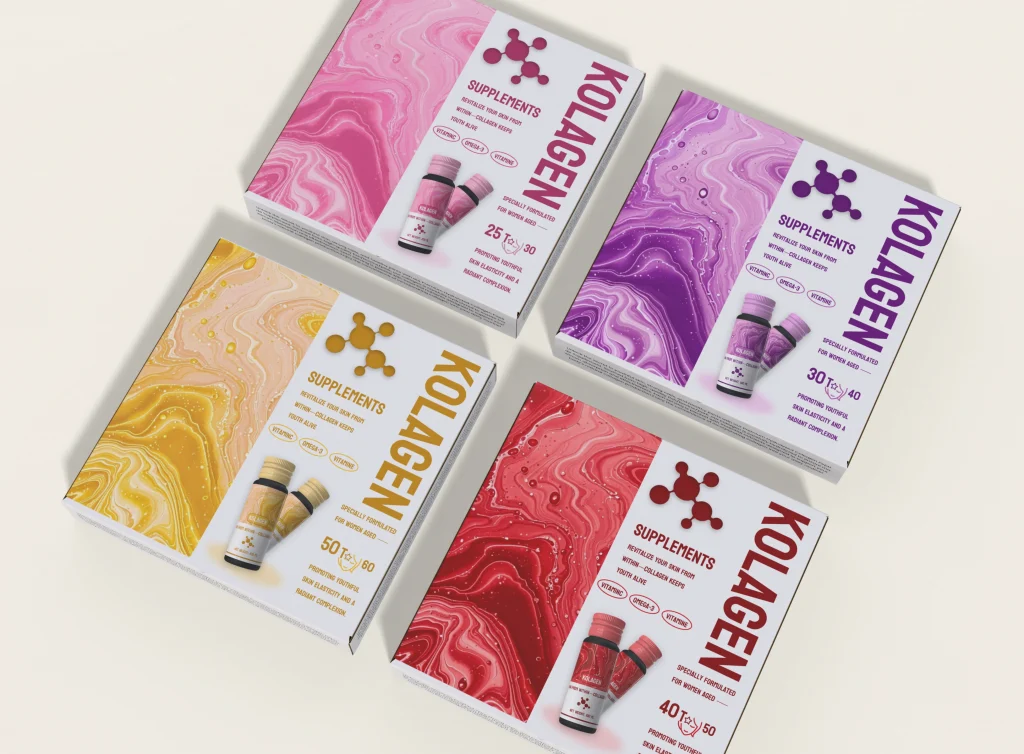
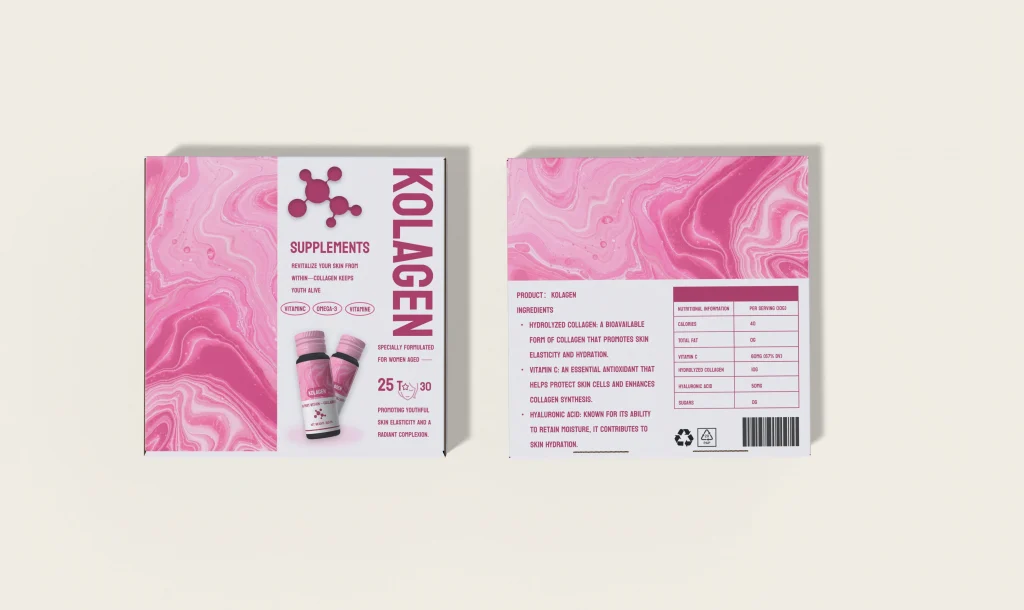
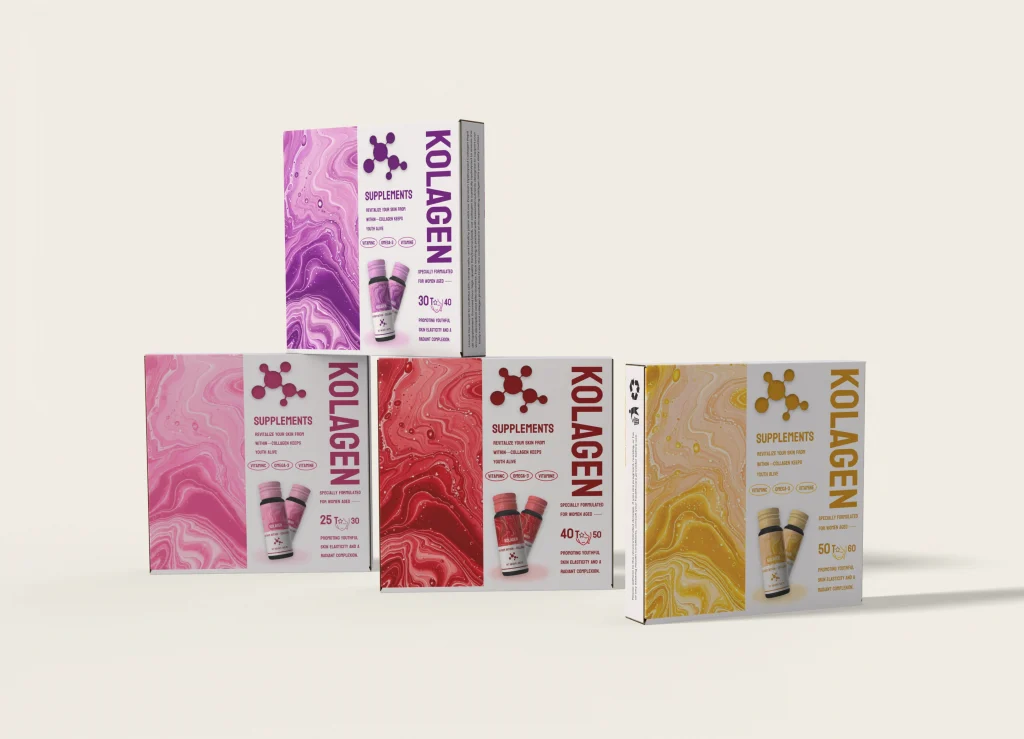
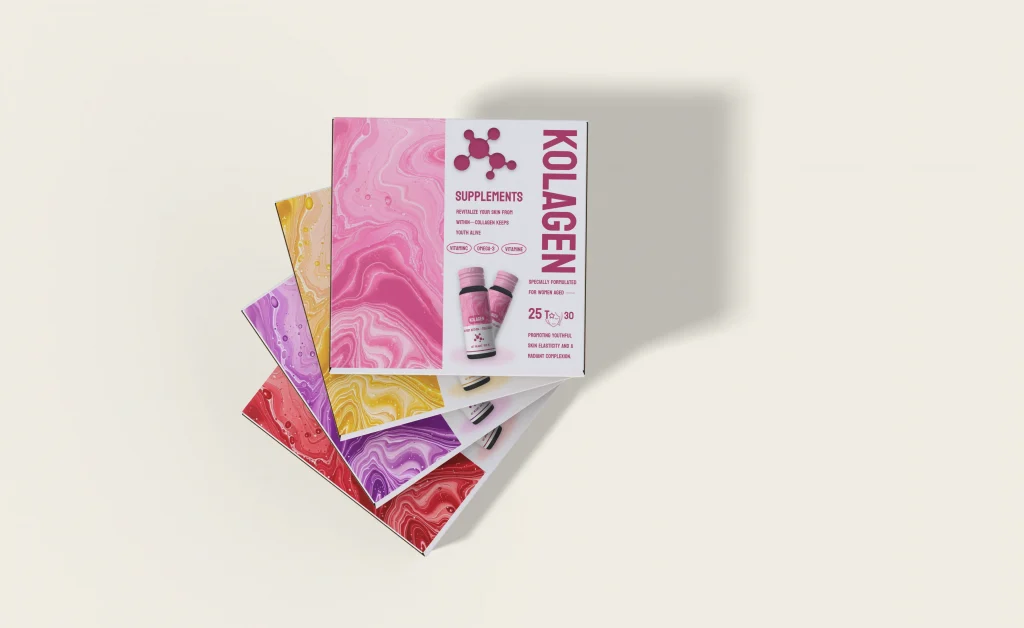
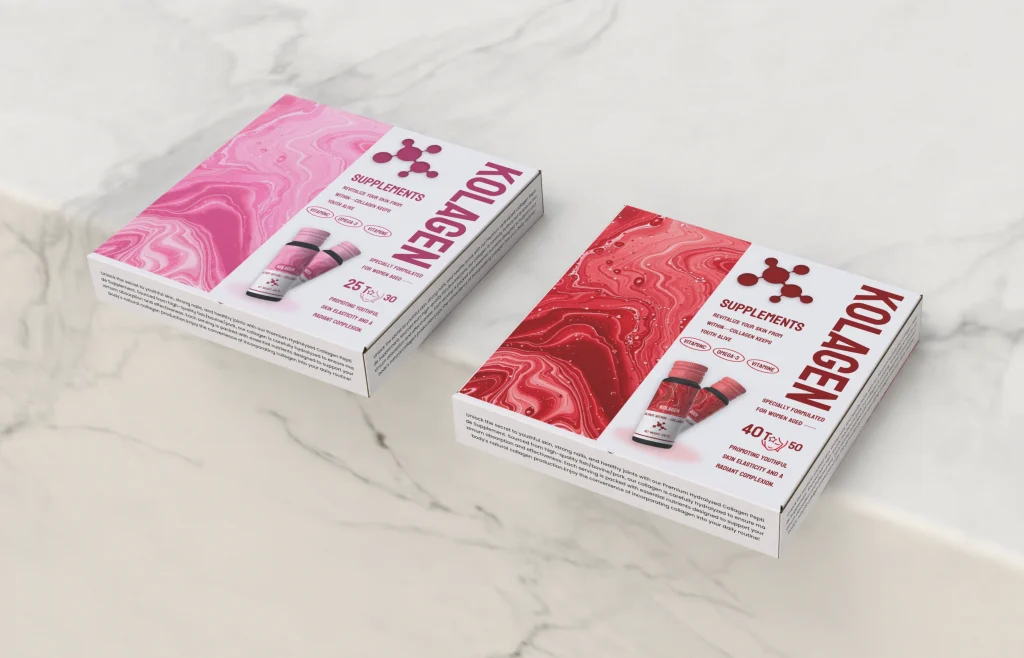
Step 5 Background Generation with Packify
Packify also offers features for background generation. You can create appealing backgrounds that complement your packaging design, enhancing the overall visual impact.
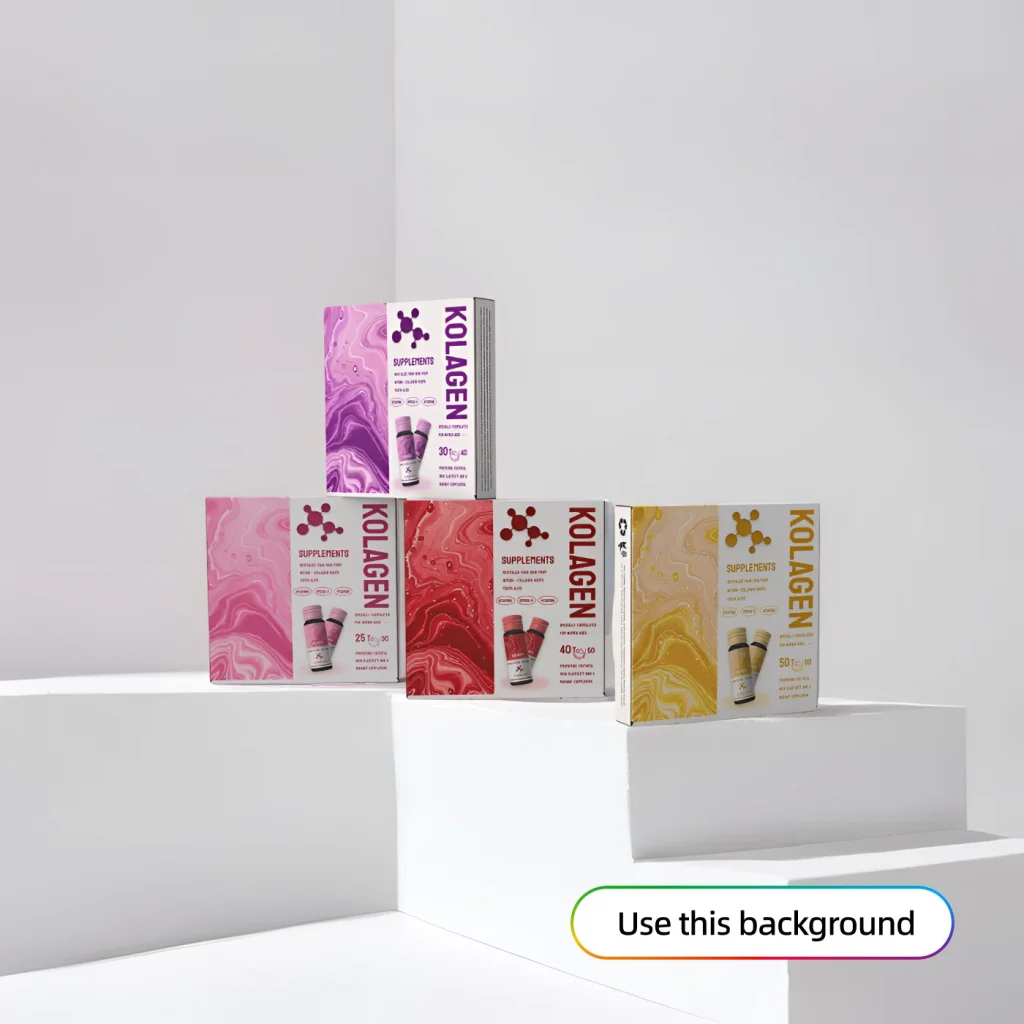
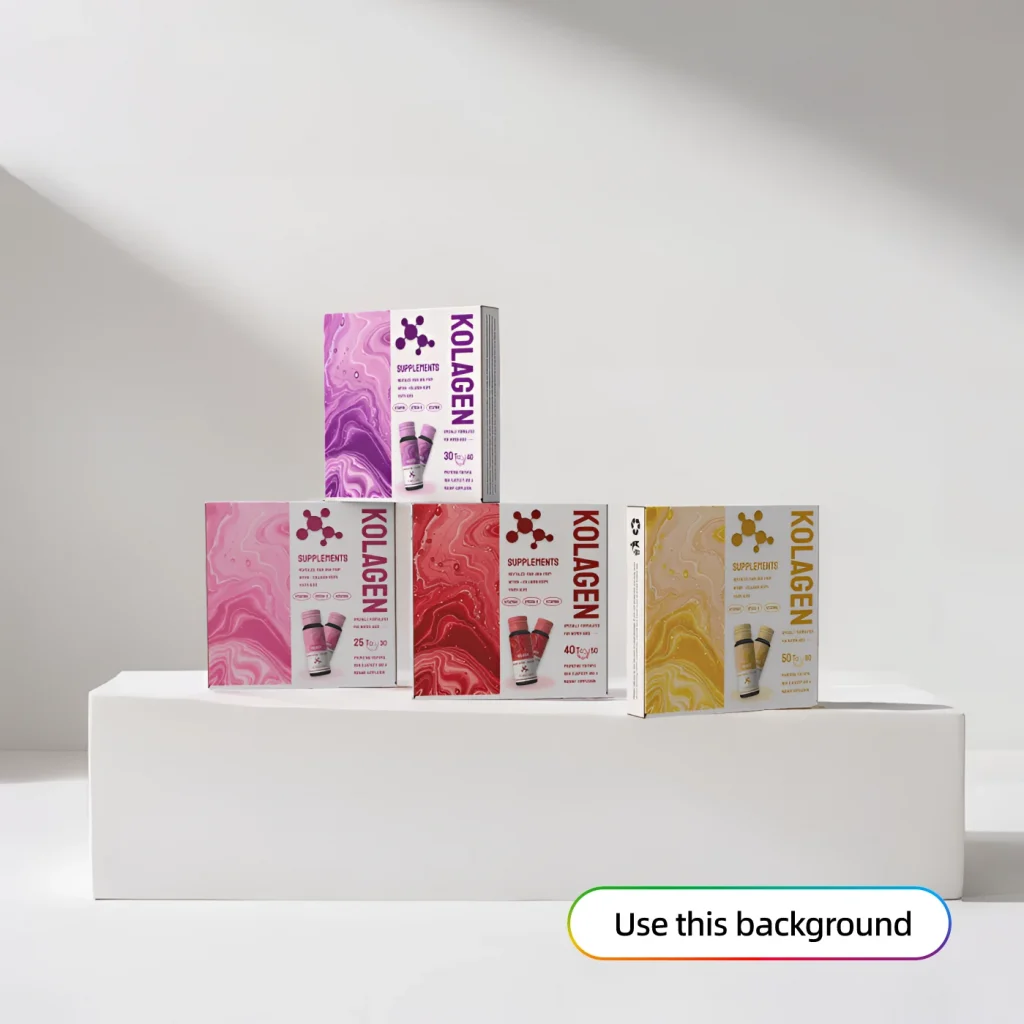
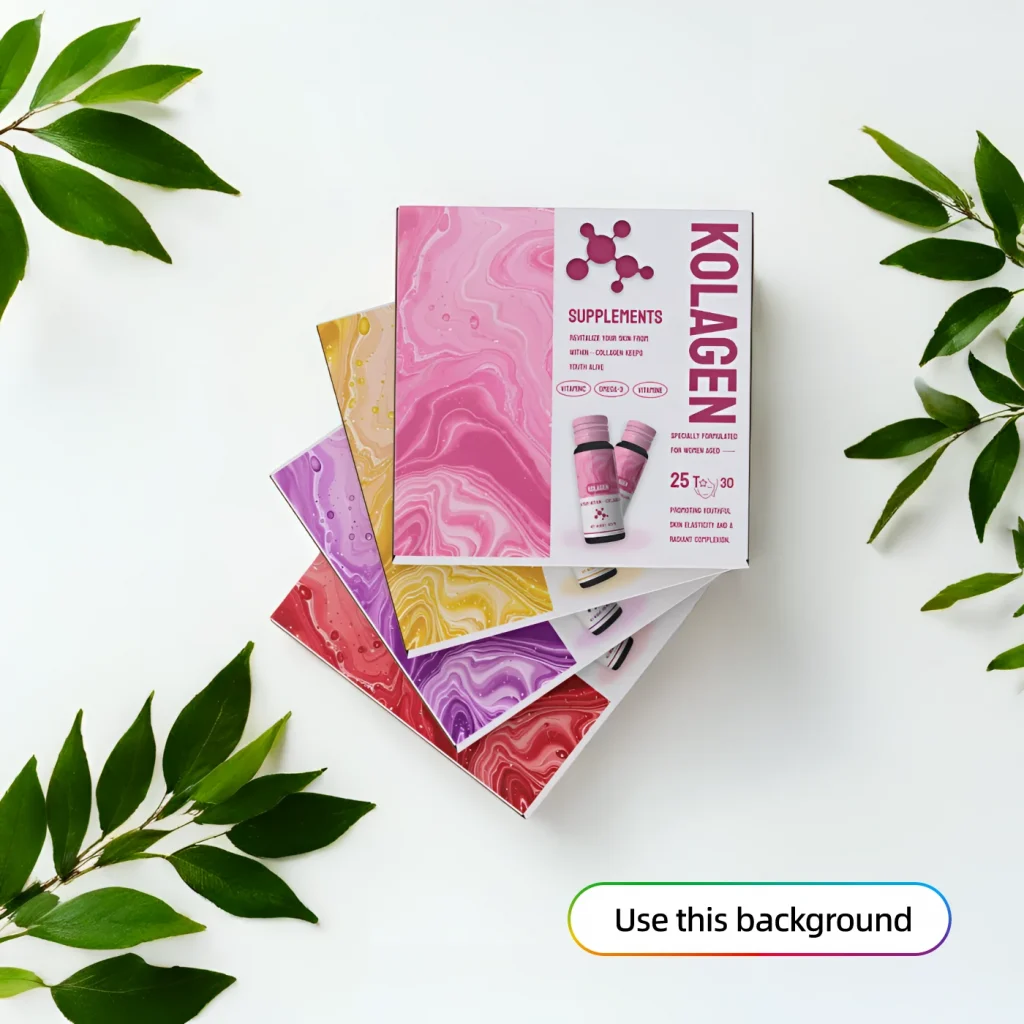
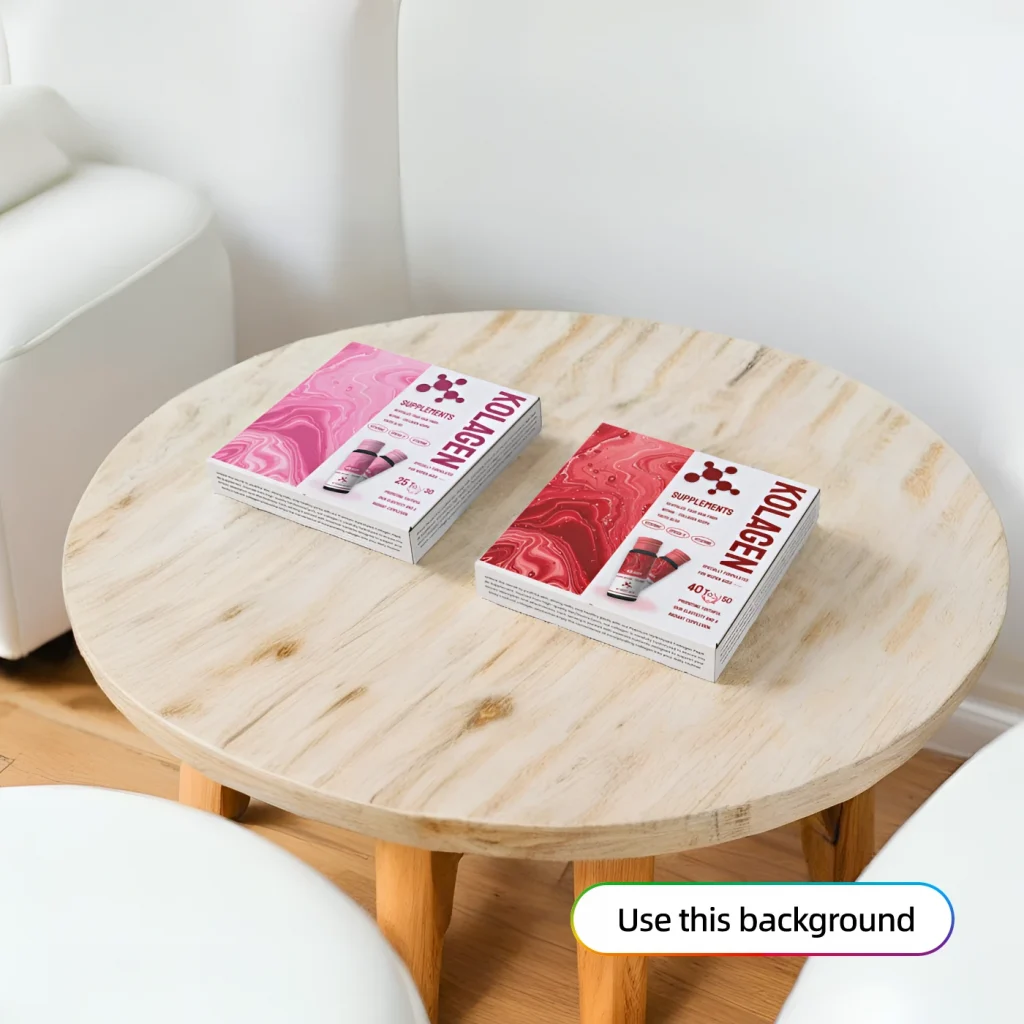
Frequently Asked Questions
- What materials are best for collagen supplement packaging?
Sustainable materials such as biodegradable plastics, glass, or recycled paper are ideal choices. - How can I ensure my packaging stands out on the shelf?
Focus on unique designs, bold colors, and informative labels that communicate the product’s benefits clearly. - Is it necessary to use AI tools for packaging design?
While not mandatory, AI tools can significantly speed up the design process and enhance creativity. - What role does sustainability play in packaging?
Sustainability is increasingly important to consumers, and eco-friendly packaging can improve brand loyalty and attract more customers. - Can I use the same packaging design for different collagen products?
While a consistent design can help with brand recognition, it’s essential to tailor the packaging to reflect the specific benefits and target audience of each product variant.
Conclusion
Designing effective packaging for collagen supplements involves understanding consumer needs, staying updated on current trends, and leveraging AI tools for efficient design and production. By focusing on sustainability, functionality, and visual appeal, brands can create packaging that not only protects their products but also resonates with their target audience.

